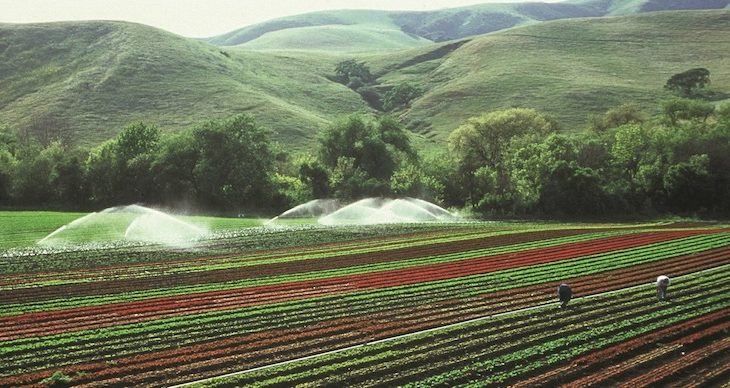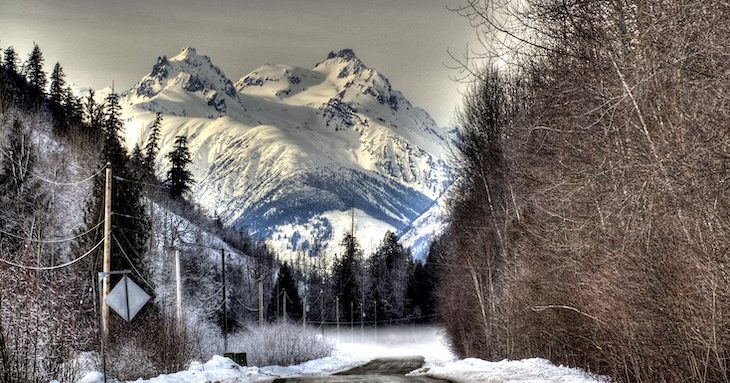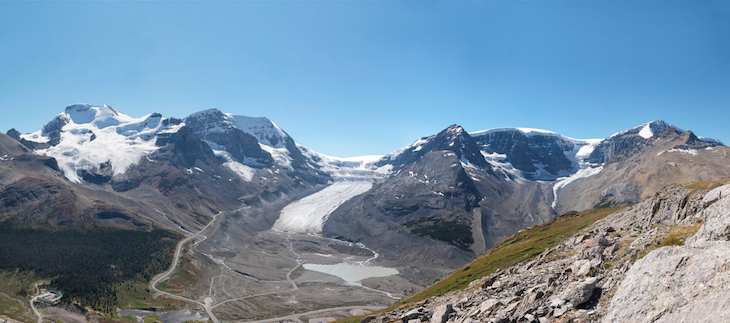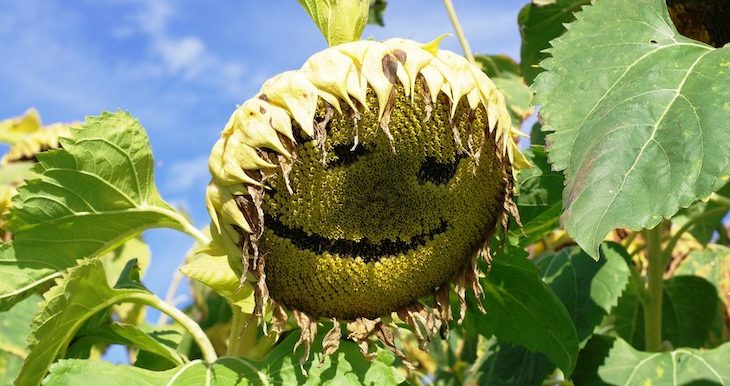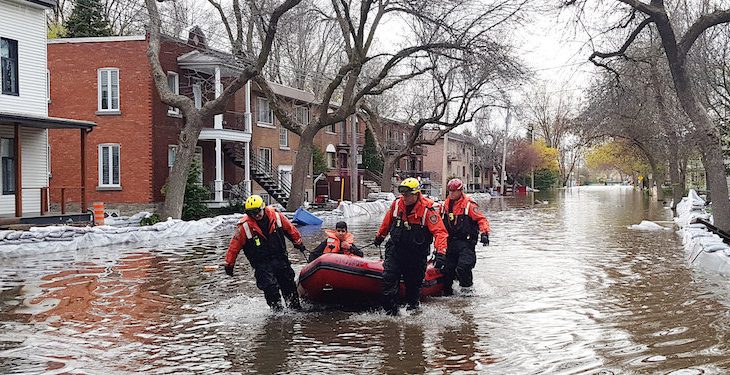
Maria Giammarco, Communication, Education, and Outreach Editor The New York Times – “Ignore Climate Change At Your Peril” CTV News – “Canada warming twice as fast as rest of the world: scientific report” iPolitics – “Morning Brief: The future looks grim” Aside from the obvious climate theme, what do these headlines have in […]

